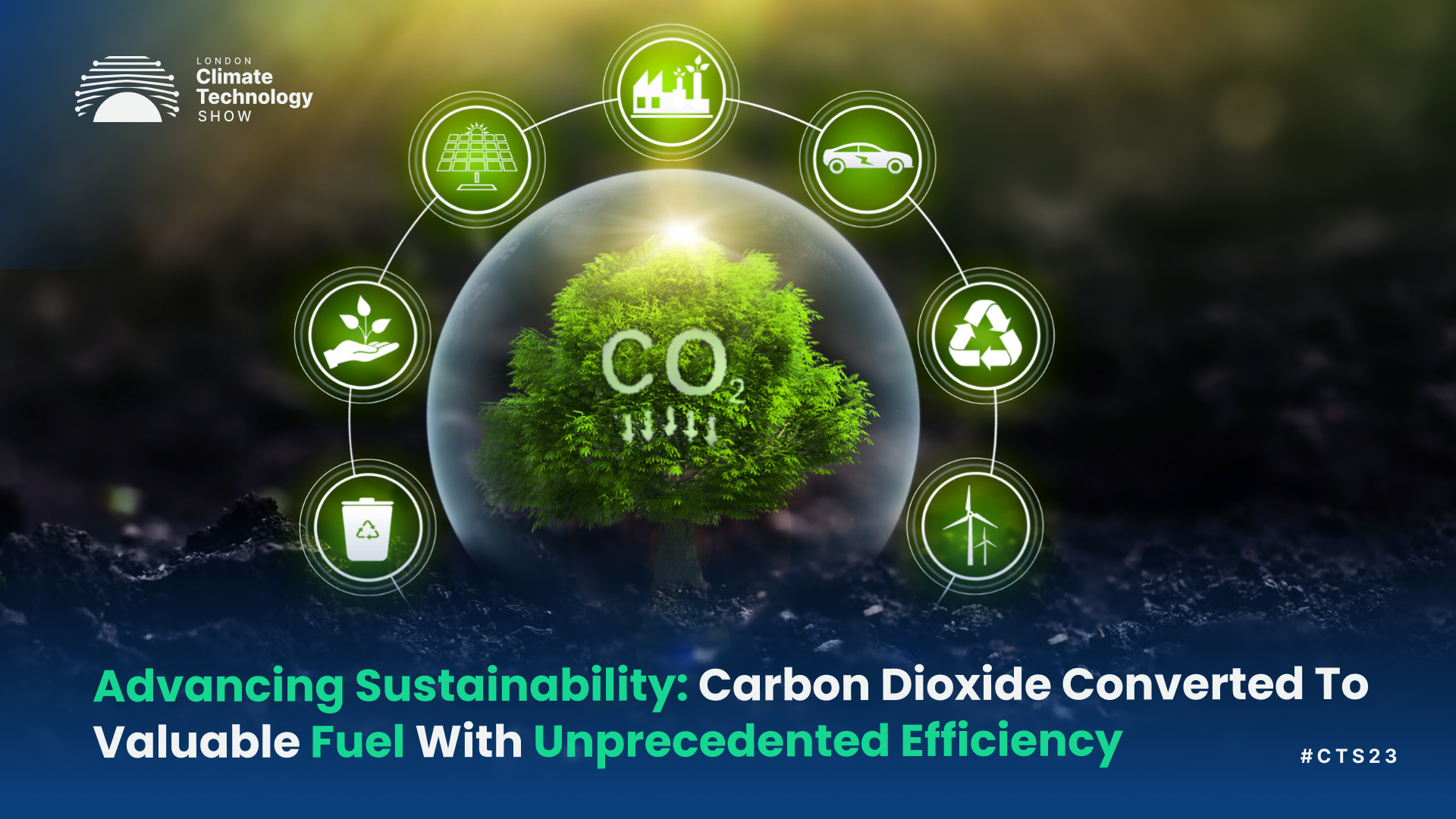03 AUG 2023: In a recent study, a collaborative group of researchers consisting of City University (CityU), The University of Hong Kong (HKU), Jiangsu University, and the Shanghai Institute of Organic Chemistry under the Chinese Academy of Sciences has successfully created a reliable artificial photocatalytic system that surpasses the efficiency of natural photosynthesis. This advanced system mimics a natural chloroplast and effectively converts carbon dioxide in water into methane – a valuable fuel – using light. This achievement marks a substantial advancement with the potential to play a pivotal role in attaining carbon neutrality.
The research team adopted a supramolecular assembly method to construct a synthetic photosynthetic system that emulates the arrangement found in light-absorbing chromatophores of purple bacteria. These cells, rich in pigment, excel in harnessing solar energy transfer.
At the core of the novel artificial photosynthesis setup lies a remarkably stable synthetic nanomicelle. This specialised polymer possesses the ability to arrange itself in aqueous environments, featuring both water-attracting (hydrophilic) and water-repelling (hydrophobic) segments. The hydrophilic section serves as a light-absorbing photosensitizer, capturing sunlight, while the hydrophobic tail triggers the self-assembly process.
When immersed in water, the nanomicelles come together spontaneously, facilitated by hydrogen bonding between water molecules and the tails. Introducing a cobalt catalyst leads to the creation of hydrogen through photocatalysis and the reduction of carbon dioxide, yielding hydrogen and methane as end products.
By utilising sophisticated imaging techniques and rapid spectroscopy, the researchers revealed the atomic attributes of the novel photosensitizer. They found that the distinct configuration of the hydrophilic head in the nanomicelle, combined with the hydrogen bonding between water molecules and the nanomicelle's tail, results in a dependable, water-friendly synthetic photosensitizer. This addresses the long-standing issues of instability and incompatibility with water in artificial photosynthesis. Additionally, the interaction between the photosensitizer and cobalt catalyst, coupled with the efficient light-absorbing antenna capability of the nanomicelle, enhanced the overall photocatalytic process.
Researchers found that the rate of methane generation throughout the experiment exceeded 13,000 μmol h−1 g−1, exhibiting a quantum yield of 5.6% during a 24-hour period. Additionally, an impressive solar-to-fuel efficiency rate of 15% was attained, surpassing the capabilities of natural photosynthesis.
In the City University’s official press release, Professor Ye Ruquan, Associate Professor in the Department of Chemistry at CityU, expressed confidence that this recent breakthrough will have positive implications, serving as a guide for designing future photocatalytic systems aimed at converting and reducing carbon dioxide using solar energy. This advancement contributes to the overarching objective of achieving carbon neutrality.

